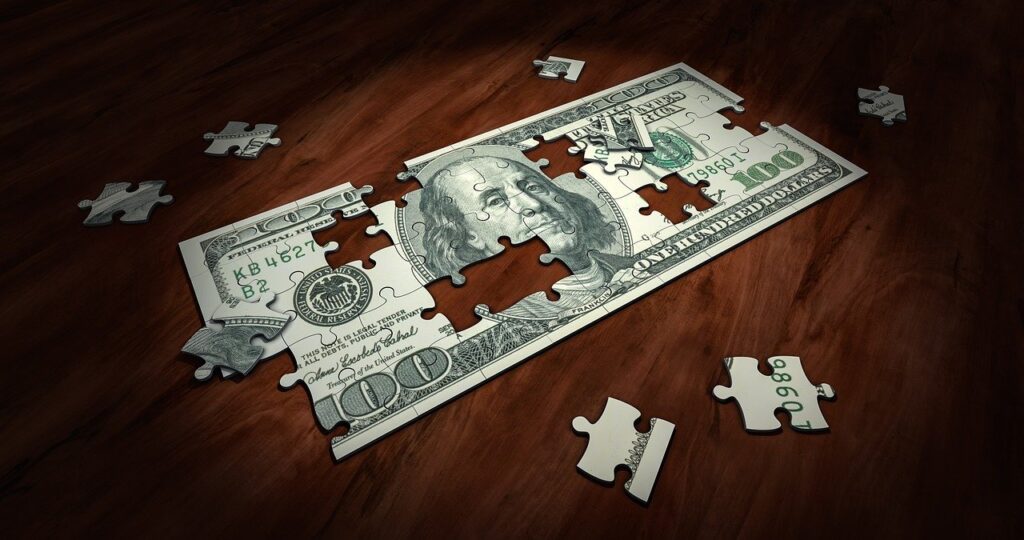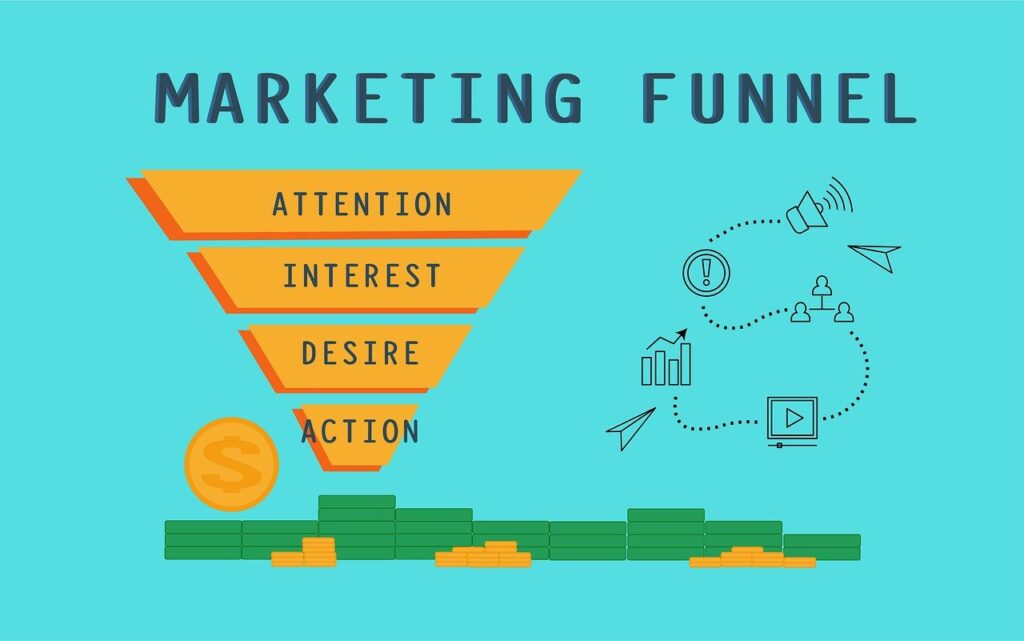Roundup Of Conversion Boosters
Over the last several weeks we have looked at several different ways you can get more conversions out of already existing sales pages.
Here’s your big list of things to change in your sales letter if you’re totally stuck and you just need some stuff to make it better. You might have most of these, but you probably have one or two that you don’t have or that you haven’t finished completely.
You could add in a hook to make the headline or the story interesting or not make sense or combine a bunch of things that don’t go together so that they have to read the whole sales letter to get all the facts.

You could take a squeeze page, so you put an opt-in box in front of the sales letter so people have to opt-in before they read it. Or you can just make it a separate website totally and keep sending your existing traffic to your regular sales letter, but send some new traffic – send the traffic from strangers to the squeeze page so they opt-in first before they get access to the sales letter.
You can add a sub-headline using the so what method to add in smaller headlines or break the existing headline up into two parts: the lead-ins of headlines and the regular headline or the sub-headline and the afterthought sub-headline.
You could add in scruffys, so you add in arrows or pointing fingers or underlined stuff or the words “true story” or a graphic representing what you’re talking about.
You could write a totally different sales letter by answering those four simple questions that will give you a completely different letter, and you’ll think of benefits you haven’t thought of before. Or hand it off to a copywriter to think of more benefits and then either combine them together or just sell both on their own.
You could add more order buttons because in a very long sales letter, like 10 pages or more, you need to ask them for the sale 9-12 times. And even in the short sales letter, ask them 2 or 3 times. If you have just the order button at the very bottom, add one in the middle. Or add one after every big point; or add one right after the fold or something; just add in more to make it easier for people to click over.
Add video or audio intro leading into an offer, which could also be – you could add the guarantee or explain a confusing benefit.
You could have an exit pop-up to either grab an opt-in subscriber from people who weren’t yet ready to buy and you give them more education and more info; or use it as a poll to figure out why they didn’t buy to improve your product. Make a light version or make a deluxe version, but never ever listen to the feedback that says you’re charging too much because there’s no such thing as charging too much.
Take the sales letter and make it into an article, or take your story and make it into an article leading into people clicking over to the sales letter with an affiliate link. You make the condensed version of the sales letter as an article, and at the bottom it says example.com/enteryouraffiliateid here; so that your affiliates can just copy and paste this article and substitute in their affiliate ID and send it to their list or put it on a blog or whatever.
You could increase the price of your product. So you just double the price and make an event out of it if you want; because many times the same thing with an increased price will just have a higher value and you’ll get the same exact conversion rate.
You could add in a stronger guarantee, so tell them how easy it is to make the guarantee or why they wouldn’t want a guarantee at all, and just make it a ridiculous guarantee that makes you so overconfident that there’s no way they would even ask for a guarantee because it’s that good. And if they even did ask for a guarantee, it’s super easy to get their money back.
You could add in a front end and a back end. So if you think you’re not charging enough, make an improved version and ask for more money after the sale. If you’re stuck on ideas for a back end, just take whatever e-book you just produced and make a webinar out of it on a set date. So you can set the webinar for two weeks from now – no, make it 7 days from now, and only offer this upsell to the webinar for the next 7 days. If someone just bought your $17 e-book, and you say, “If you want a video and you want to come to this group session, this mastermind session, and be able to ask any question you want, and we’ll have a recording available in both video and audio so you can check it out later, $97 more and you can get access to this webinar.” Many people, they will take you up on the offer because they want to belong to a group or because they’re lazy and they can’t even be bothered to read an e-book.

Or if you think you’re charging too much, take out the most important piece of your product or make a bonus report and sell that for a lower price. And after somebody buys that, then you ask for more money to get to the regular version. Or you could add both a front end and a back end; so first they’re in for $7. Then they buy, and you try to upgrade them to the $47. If they do that, try to upgrade them to the $97. And if at any time they just say no, send them to the download page. And you don’t even need any special scripts to do it. You can do this with regular HTML pages. You send them to one page; you send them to another page and another page.
You can limit the quantity. So you say, “I’m only offering five more slots at this price, and then the price will go up” or “I’m only offering five more slots, and then the class is closed forever,” and so on. Really good scarcity tactic.
You could add testimonials or case studies where you plot someone’s progress, their results, after using your stuff. That’s even better than a testimonial. And when you ask for a testimonial, don’t just ask them what they thought out of it. Ask for the immediate takeaway; ask for the biggest benefit, and ask for the physical results.
You could get a critique to get multiple perspectives. So instead of just getting one copywriter to edit stuff, you can get 50 tiny copywriters to improve your stuff. Or you could just use the critique method, one-on-one, and pay copywriters a hundred bucks at a time to get small changes done, which is much cheaper than getting a full rewrite done. Because in programming, if you’re going to change a program, you have to understand every single little thing the program does before you can make any changes. So a good copywriter would have to read the whole entire sales copy and figure out all the little threads and all the benefits to try to hit on before they want to do a good job of editing stuff, unless they’re like the lazy copywriters who only make small changes to the headline or to the grammar or reword stuff around. You don’t want someone like that, so a critique is a good way to get better copy.
You could add power words, so remove things that talk about work or about things taking a long time or remove words like buy or purchase which people are too used to and turn it into “get it now” or “add to cart” or “download immediately” or “get access to.” Stuff like that.
And then most important of all, think about the what’s in it for me. So what are they getting out of it? What’s the value? Not the cost; not the physical items. What’s going to improve in their life after they’ve gotten this thing, after they’ve gotten the video poker guide or the dog running guide or the article-writing guide? And you just go back to the sub-headline technique and keep asking so what until you get a good enough what’s in it for me reason.
And you need to answer the reason why. So why are you selling this in the first place? If you can make all these super dogs, or if you can make all this money from video poker, why are you giving up some of your potential profit? And why are you opening the doors up for competition if this works so well?
And why are you selling it at this price? Why is it not lower? Why is it not higher?
